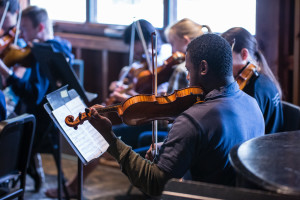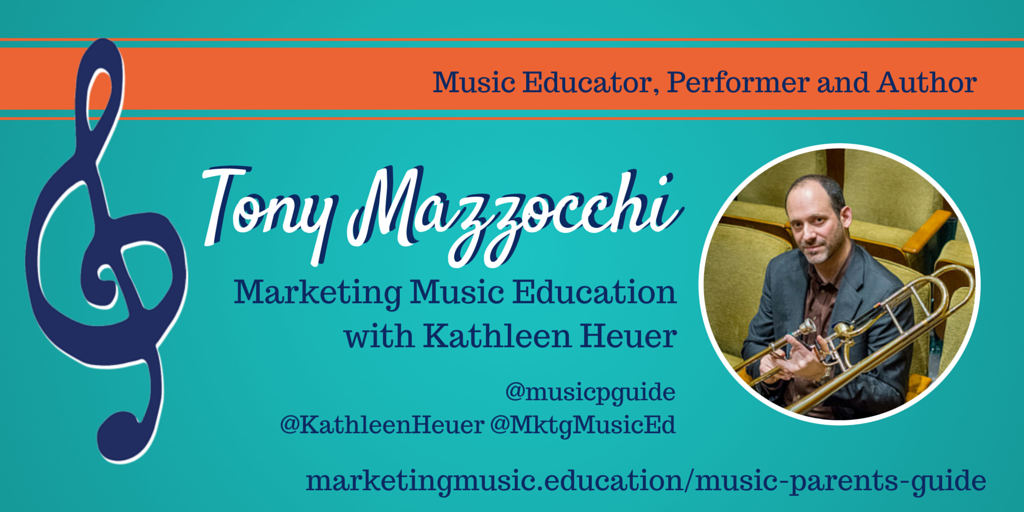 It’s been close to two decades since the Standards Movement swept our country; a major reform created and driven by non-educators. In its wake, we have been left with a pervasive “achievement gap”, major teacher attrition, anxious and bored students, and — perhaps worst of all — a narrow, standardized, one-size-fits-all approach to educating all of our beautiful children that barely includes the arts and creative subjects.
It’s been close to two decades since the Standards Movement swept our country; a major reform created and driven by non-educators. In its wake, we have been left with a pervasive “achievement gap”, major teacher attrition, anxious and bored students, and — perhaps worst of all — a narrow, standardized, one-size-fits-all approach to educating all of our beautiful children that barely includes the arts and creative subjects.
Most people I speak with feel in their gut that our children need a different type of educational experience than they are currently receiving. And most of the time, it is clear that the standards movement is at odds with this vision. My neighbors and friends realize that our children have different abilities, personalities, and potential passions yet to be realized — yet there are several subjects that align to these interests which are not part of daily offerings in school. However, when push comes to shove, these same people are scared to move away from the same quantifiable and standardized practices that they proport to loath so much.
Why is this? What makes schools — and their leadership, especially — so afraid to embrace a rich and balanced curriculum that includes robust arts instruction after so many years of failure trying things “the other way”?
Here are three reasons I believe schools are afraid of expanding arts instruction:
- We default to easy when it comes time to assess “learning”. Metrics-driven leadership is now, and has been, the default for a long time — and it’s going to be hard to get everyone to think a little out of that box. Boards of Education — and therefore Superintendents, Principals, and down the line — set numerical goals in an attempt to solve every problem that ails our schools. The sad result? We score teachers’ and students’ performance in school solely on “technical merit”. We default to the easy bar graphs to determine a “linear learning progression”, while completely ignoring the more nuanced and “messy” elements of what teaching and learning is actually about; elements like emotional engagement, passion, creativity, and purpose that are critical drivers of long-term success and satisfaction. This is where the arts get short shrift in school scheduling, budgetary priorities, and even a place at the table when we are talking about school report cards and other metrics of success.
- Leaders don’t trust the managers, teachers, or even themselves, to make creative decisions. Let’s face it: we live in an educational ecosystem where even our youngest pre-schoolers are not allowed to develop at their own pace; they are on a quantifiable metric track for their entire school lives. Numbers feel safer and test scores for a narrow set of subjects are far more easier to measure. This is high stakes stuff, after all, so where is the reward in the system for school leadership to rely heavily on arts and creative subjects to balance out our children’s lives? School leaders feel that passion and emotional engagement is hard to measure — I argue it is not. We know beautiful art and emotional engagement when we see it, and we know that process matters along the way. Superintendents can tell when a principal cares about their school; students can tell when their teacher is passionate about a subject (and vice versa); the paid professionals in school districts need to be trusted to have some judgment in making creative decisions.
- Developing a rich, broad set of curricular offerings is hard. Creativity, artistic expression, collaboration, and love of knowledge and learning are things we should teach and support with all our might. It takes time, money, and courage. It’s hard, and that’s exactly why we should do it instead of avoiding it.
There is no doubt that there are profound political pressures bearing down on education. While the policies themselves must be challenged and changed, school leaders still have the latitude to embrace and create that change from below — not wait for non-educator legislators to do it from above. The more we embrace creativity and the arts from within, the more likely the entire system is to change as a result. We can no longer take the risk of devoting so much time to metrics that we lose sight of what we are really here to do: to create beautiful, life-changing moments when students light the spark of creativity and love of learning. This can only be done if we shed our fear of expanding arts instruction in our school day and work together to ensure our children grow up not as plots on a line graph, but as balanced and fulfilled individuals.








Right On, Tony! Some schools have (by default) resorted to teaching ONLY what is tested, with double sessions of LAL and Math daily. What happened to educating “the whole child”? And we teachers, acting as our our advocates, are not doing a great job getting the word out to parents, administrators, non-music colleagues and the community about the explicit and implicit benefits of music instruction and how incredibly aligned Band and Orch are with 21st Century Goals. As long as there’s testing and those scores are about “school effectiveness” and not about “student acheivement”, this condition will persist and in doubt worsen. My 2 cents.
Hello from Australia. My (Master of Education) research at the moment is exactly about this, although the system here can be quite different, and I am writing about primary (elementary) schooling rather than high schools (although I have taught in both). One thing that comes up in the literature is that school leaders’ willingness to support and provide classroom music is directly related to their own musical experiences at school. This applies to generalist classroom teachers as well. If they had bad, or non-existent, music experiences at school, they are less inclined to see the value of it. Therefore, a self-perpetuating system unless those of us in the education system take the long view and ensure that we lobby for increased music instruction time at all levels of schooling.